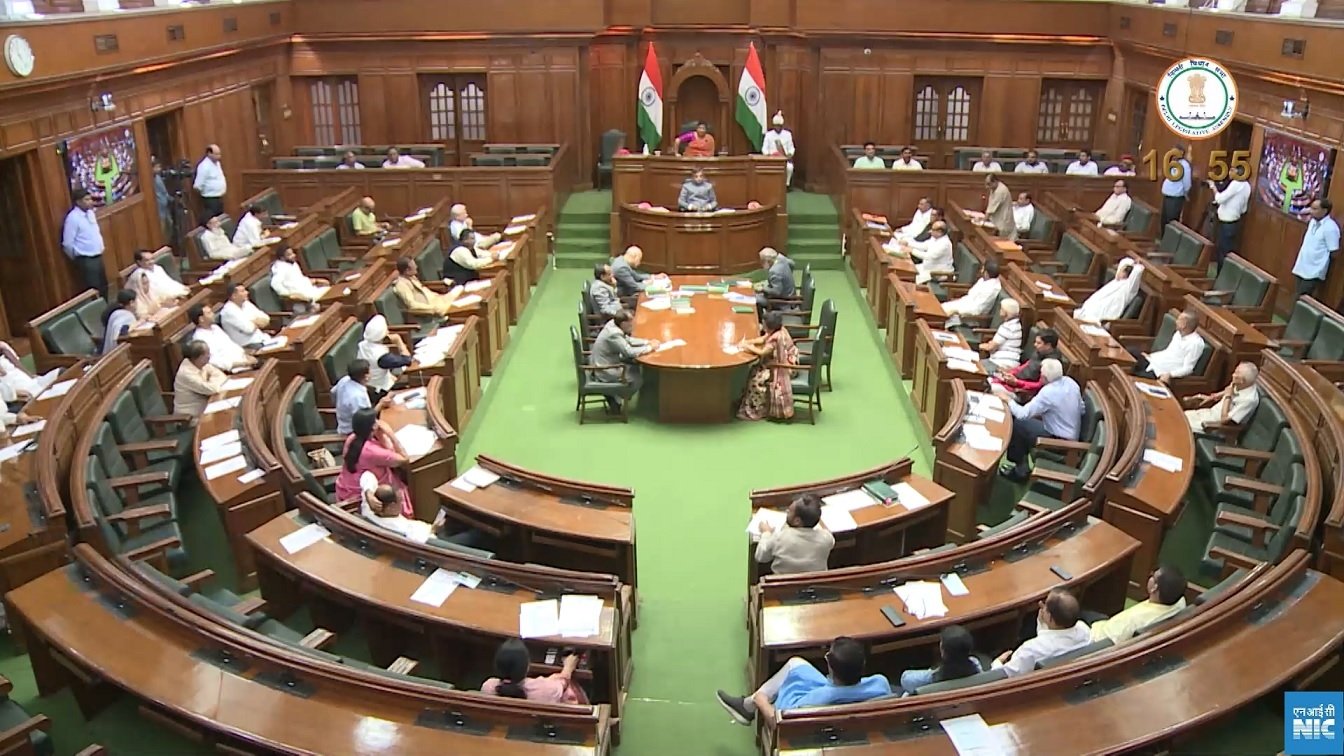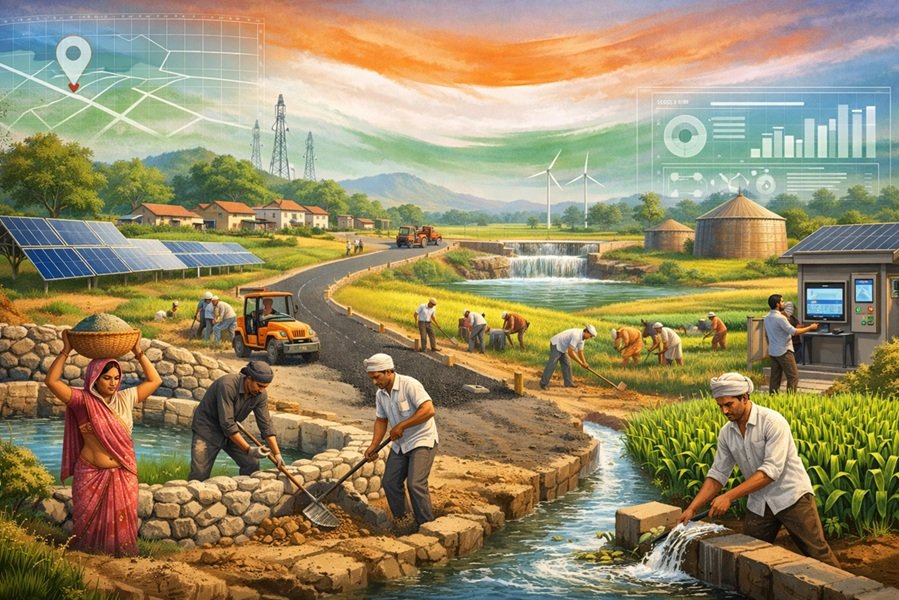
The Delhi Vidhan Sabha, also known as the Delhi Legislative Assembly, is the unicameral legislature of the National Capital Territory (NCT) of Delhi. The upcoming elections for the Vidhan Sabha are expected to be a pivotal moment in the political landscape of the city, as parties gear up to contest for power in one of India’s most dynamic and politically significant regions.
Structure of the Delhi Vidhan Sabha
The Delhi Legislative Assembly was established in 1993, following the enactment of the Government of National Capital Territory of Delhi Act, 1991. It is composed of 70 elected members who represent single-member constituencies. Members are elected through a direct electoral process, and the assembly operates for a term of five years unless dissolved earlier.
Key roles within the assembly include:
- Chief Minister (CM): The leader of the majority party forms the government and is appointed as the Chief Minister by the Lieutenant Governor.
- Speaker: Presides over assembly sessions and ensures order during proceedings.
- Leader of the Opposition: Represents the largest party not in government, providing critical oversight and accountability.
Political Dynamics in Delhi
Delhi’s political scenario has historically been a battleground for three major players:
- Aam Aadmi Party (AAP): Currently in power, AAP has focused on issues like education, healthcare, and governance.
- Bharatiya Janata Party (BJP): As the main opposition, BJP’s campaign often emphasizes national issues, urban development, and infrastructure.
- Indian National Congress (INC): Once a dominant force in Delhi politics, the INC has seen a significant decline in recent years but aims to regain its footing.
Upcoming Elections: Key Facts
- Election Schedule: The Delhi Assembly elections will take place in a single phase on February 5, 2025, with the vote counting scheduled for February 8, 2025.
- Majority Mark: To form a government, a party or coalition must secure a minimum of 36 seats out of the 70 constituencies.
- Delimitation and Constituencies: Delhi’s constituencies remain unchanged since the last delimitation exercise in 2008. Each constituency represents a diverse mix of urban, suburban, and rural voters, reflecting Delhi’s unique demographic profile.
Key Issues Shaping the Elections
- Governance and Public Services: AAP’s governance model, particularly its focus on education and healthcare, will be a central theme. The opposition may scrutinize the effectiveness of these initiatives.
- Urban Development: Issues like pollution, water scarcity, and traffic congestion remain pressing concerns for Delhi’s electorate.
- Law and Order: The BJP and other opposition parties often highlight concerns related to women’s safety, crime rates, and the overall security situation in the capital.
- Housing and Unauthorized Colonies: Regularization of unauthorized colonies and housing for the urban poor are critical issues, particularly in constituencies with dense populations.
Major Contenders and Strategies
- Aam Aadmi Party (AAP):
- Focus on showcasing its track record in education, healthcare, and electricity subsidies.
- Grassroots campaigns and mohalla sabhas (community meetings) to connect directly with voters.
- Bharatiya Janata Party (BJP):
- Highlighting the achievements of the central government.
- Promising large-scale infrastructure projects and solutions for pollution and traffic.
- Indian National Congress (INC):
- Attempting to rebuild its base by addressing local issues and leveraging past achievements during its tenure.
- Focused outreach in constituencies where it still retains influence.
Recent Polling Trends
Opinion polls suggest a tough contest, with AAP maintaining a significant advantage but facing challenges from the BJP. The Congress, though a distant third, is expected to play a crucial role in dividing votes in some constituencies.
Challenges in the Upcoming Elections
- Voter Turnout: Ensuring high voter participation is crucial, especially in urban constituencies where turnout tends to be lower.
- Polarization: The rise of identity politics and divisive narratives could influence voter behavior.
- Third-Party Influence: Smaller parties and independent candidates may play a spoiler role in closely contested seats.
Conclusion
The Delhi Vidhan Sabha elections are not just about governance in the capital; they serve as a barometer for larger political trends in the country. With critical issues at stake and high-profile parties vying for power, the elections promise to be a closely watched and intensely fought contest. The results will not only determine the future of Delhi’s governance but also provide insights into the evolving political preferences of India’s urban electorate.





